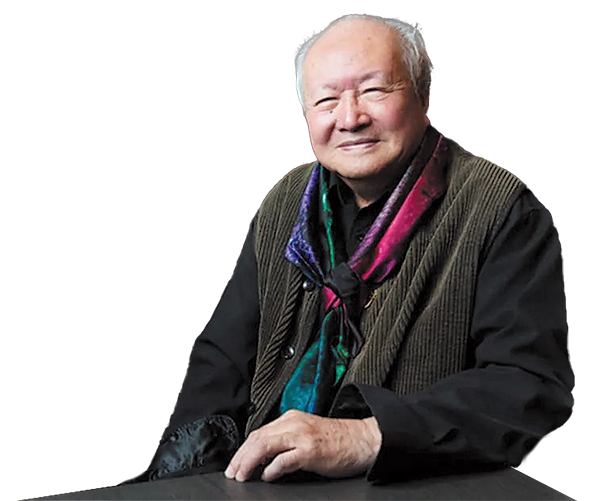Acclaimed artist created characters that pull at the heartstrings while allowing viewers to use their minds to fill in the blanks, Lin Qi reports.

Qian Shaowu, renowned sculptor and artist.[Photo provided to China Daily]
For many years, Qian Shaowu (1928-2021) remembered often hearing the sounds of the erhu — a Chinese two-stringed fiddle — by A Bing, a neighbor with bad eyesight, almost every night during his childhood.
In the tumultuous 1930s, A Bing, whose birth name was Hua Yanjun, made a living as a street musician in Wuxi, Jiangsu province, where Qian was born and raised in an intellectual family.
A Bing's eye disease deteriorated over time and eventually, he lost his sight completely.
In the following decades, he continued to play the erhu on the street until one day his music caught the attention of a musicologist from Shanghai who recorded several tunes played by A Bing.
A Bing died shortly after and one of his pieces, Er Quan Ying Yue (The Moon Reflected in the Second Spring) became a household classic. The strong mournfulness of the notes pulls at the listeners' heartstrings, including Qian, who grew into a sculptor and art professor of repute in Beijing.
When Qian created a bronze statue of A Bing in 1999, he recalled the fading images of this acquaintance from childhood.
The final work shows a side profile of a raggedly dressed A Bing who bends and leans against a wall with his hand for support. It renders emotions of misery and desolation to the figure who suffered many life toils. Meanwhile, his struggling body hints at a depressed soul, though his spirit refuses to surrender to the adversaries of fate.